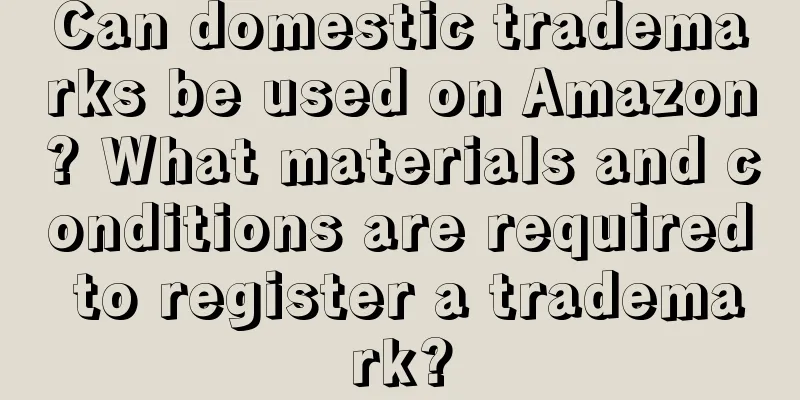If you want to enter the cross-border e-commerce industry, the most important thing you need to understand is what kind of business model Amazon follows. Only by understanding Amazon's business model can we know how to make money on Amazon. Only by utilizing the rules of Amazon's business model can we make money in the long run.
How do Amazon sellers make money?
Ways to find business opportunities: Directly obtain data from the Amazon platform or conduct batch testing to analyze which products are easy to sell, which ones have high profits, and which ones have less competition. This Amazon business model has similarities with Taobao.
Traffic acquisition methods: brush keyword orders to obtain keyword traffic, brush orders and reviews to increase conversion rate to obtain more recommended traffic, brush associations to obtain associated traffic, report activities and brush activities to obtain activity traffic, and advertise to obtain keywords and associated traffic. The way to monetize traffic on the Amazon platform is nothing more than finding products with higher profits and better markets to sell.
As for off-site traffic, such as deal sites, social media, and internet celebrities, very few are actually used in the circle. Most of them still rely on in-site traffic to realize monetization. Including our own sales process, we basically do not use off-site traffic, and all use internal traffic.
Is there a traffic pool: There is basically no traffic pool.
Traffic monetization method: selling goods.
After-sales service plan: that is, 30 days of no-reason return, which is better than JD.com. Domestic merchants allow no-reason return within a maximum of 7 days. Amazon sellers actually take it for granted that operations such as brushing reviews are reasonable. To a certain extent, posting fake reviews is also considered as fraud and deceiving consumers. However, in the sales process, because there is an item called "return without reason", if the consumer is not satisfied after a month, they will give a bad review, which will affect the seller's cash conversion efficiency. Deleting negative reviews naturally comes at a cost.
Main technical tools: product selection-related crawlers for finding monetization opportunities, keyword traffic size analysis crawlers, and tools related to brushing orders and reviews.
Gray routine gameplay: violent direct review gameplay, after a batch of goods has arrived, violent direct review will be posted, and the game will be withdrawn after the goods are sold and the money is made. Don’t worry about product quality issues and negative reviews. The follow-selling method does not matter whether it is infringement or not. This circle has special tools and a large number of small store accounts. In order to avoid violent conflicts with regular sellers, they usually hide.
Black game: fraud through the time difference between buy and return. This is very hidden and should have disappeared now.
Business model issue: FBM distribution still exists today, as do boutique stores, and the method of displaying a single product in multiple stores. The so-called single product dominating multiple stores, for example, for bracelet products, there are sellers who have more than a dozen stores, filling up the first and second pages of the keywords, and driving out general competitors by lowering prices. If a stronger competitor emerges, they will also take some informal measures to drive away the competitor.
Features: Relatively simple, low threshold, easy to enter.
The above is the relevant content of Amazon's business model. If you want to get more relevant knowledge about Amazon's business model, please continue to pay attention!

